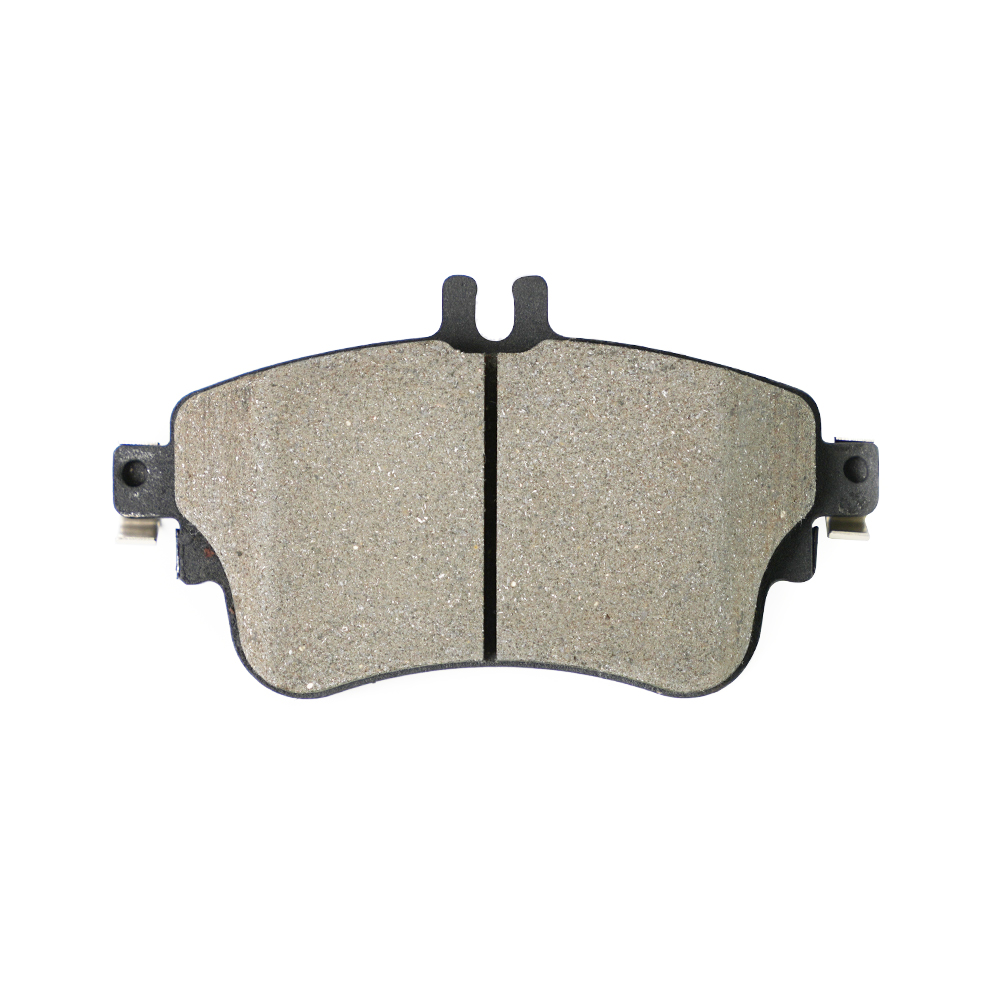When it comes to maintaining commercial fleets, choosing the right type of brake pad isn't just about upfront cost—it’s about safety, durability, and long-term operating efficiency. Among the various options available on the market, semi-metallic brake pads continue to be a preferred solution for many logistics operators, OEMs, and fleet managers due to their unique balance of performance and reliability. To make an informed decision, it’s important to compare how semi-metallic pads stack up against ceramic and organic alternatives in real-world commercial vehicle applications.
Semi-metallic brake pads are manufactured using a blend of metallic fibers, typically including steel wool, bonded with resin and friction modifiers. This formulation gives them excellent thermal conductivity, which is critical in high-load scenarios such as stop-and-go urban delivery routes or vehicles operating in mountainous areas. The ability to dissipate heat quickly reduces the risk of brake fade, especially during continuous heavy braking. In contrast, ceramic pads—while cleaner and quieter—tend to have lower heat conductivity, which can lead to reduced performance in high-inertia applications.
Organic pads, often referred to as NAO (non-asbestos organic), are made from materials like rubber, glass, or Kevlar bonded with resin. They are softer and quieter, but they wear out more quickly and are less effective under high temperatures. For passenger vehicles, they may be sufficient, but in commercial settings where braking performance must be consistent and predictable, their limitations become evident. This is where the robust composition of semi-metallic pads provides a key advantage, offering a longer service life even under demanding conditions.

One important consideration for fleet operators is the cost of downtime. A pad that lasts longer and maintains stable performance translates into fewer service interruptions and reduced maintenance costs. Semi-metallic brake pads generally offer a lifespan between 20,000 and 50,000 kilometers, depending on usage, which is competitive compared to ceramics and significantly better than organic alternatives in heavy-duty scenarios. While ceramics may offer slightly longer life in some cases, their performance in wet or high-load conditions doesn't always meet the needs of fleet operators managing larger or heavier vehicles.
Of course, performance isn't just about stopping power—it also involves driver comfort and vehicle noise. Semi-metallic pads do produce a moderate amount of dust and some noise, but modern formulations have improved significantly in balancing these aspects. Compared to older models, today's semi-metallic brake pads offer much more refined performance, making them a practical and dependable choice for mixed fleet use where both city and highway driving are involved.
From a procurement perspective, selecting semi-metallic brake pads from a reliable manufacturer ensures consistent quality and compatibility with a range of commercial vehicle models. It’s also easier to meet regulatory compliance and safety testing standards, such as friction coefficient requirements, when working with a product backed by rigorous bench testing like the AK-Master test. For buyers, the goal isn't just to source brake pads, but to invest in a component that supports operational efficiency and road safety—something semi-metallic pads are engineered to deliver.
Ultimately, while there’s no one-size-fits-all answer, Semi-metallic brake pads present a compelling balance of durability, thermal stability, and cost-effectiveness for commercial fleets. Whether you manage a handful of light trucks or a nationwide delivery fleet, the right choice of brake pads can make a meaningful difference in performance and total cost of ownership. As a manufacturer with deep industry experience, we recommend evaluating your specific operating environment—and we’re here to help guide you to the most suitable solution.